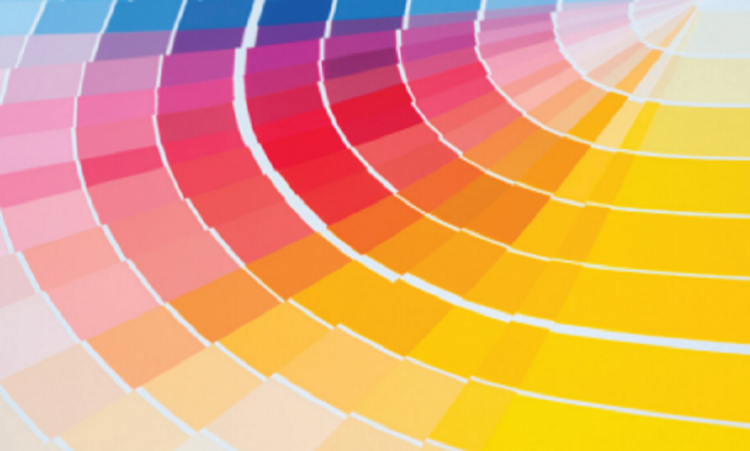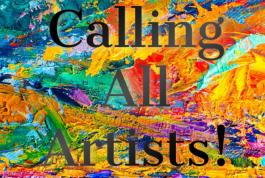..... some thoughts brought to you be Delmanor's LivingWell.
Different colours have long been associated with a certain feeling or significance, but the meanings often conflict across cultures and time periods. For example, in Western cultures, red represents passion, power, and danger, and in Asia it represents happiness, joy, and celebration.
While the colour white is used in many Western countries to represent purity and innocence, it is seen as a symbol of mourning in many Eastern countries. And as recently as a hundred years ago, pink was considered a “boy colour” because it represented strength, and blue was for girls because it was calm.
Do you remember the wonder of opening a new box of crayons all lined up in a rainbow of delicious colours? You knew then that you held the potential of the world in your hands. If every single one of those crayons had the ability to trigger an emotional response, it’s understandable that opening a whole box would be a memorable experience.
Do you have a favourite colour? Blue, purple, and green are the current worldwide favourites. But liking a colour is not the same as being suited to wearing it. In the 1980’s the concept of “having your colours done” became quite popular. According to this fashion-colour theory, wearing the right colours will help you appear healthier, younger, slimmer and brighter.
A colour analysis divides people into four categories:
Winter - Cool (blue-based), clear and dark to light intensity. Think of a winter landscape. Here you’ll see colours such as white, black, navy and fuchsia.
Summer - Cool (blue-based) but muted and medium-light to medium-dark in value. The light colours are creamy pastel rather than icy. Think pastel blues and purples.
Spring - Warm (yellow-based), clear and bright with medium to light intensity, similar to the bright colours of spring flowers.
Fall/Autumn - Warm, muted and medium light to medium-dark intensity. Think of rich burnt oranges, reds, golden yellows and sludgy greens.
Though interesting, there is not a lot of research to back-up the theory of colour. Experts have found that while colour can have an influence on how we feel and act, these effects are subject to personal, cultural, and situational factors. More scientific research is needed to gain a better understanding.
As we age, the eye’s lens takes on an amber tint, and our ability to sense “real colour” is slightly diminished.
So, get brave and embolden your colour palettes, while embracing the emotional impact of every single hue in your world of colour. Maybe start with a new silk scarf, or a big box of crayons.









